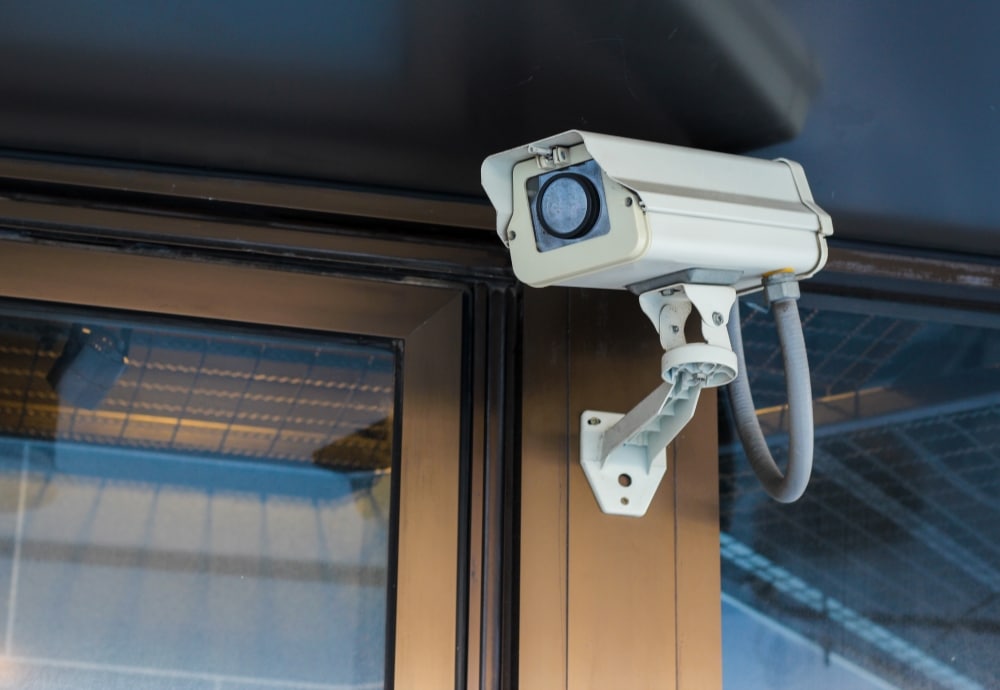Under that model, cameras still are recording but there is no one actively monitoring them – so there are no staffing costs.
The proposal was rejected by the council’s Overview and Scrutiny Committee amid warnings from the police.
When the issue was discussed by Cabinet last week, it decided to ask the Police and Crime Commissioner [PCC] for more money to run it before making a final decision.
But Kent’s PCC Matthew Scott told the Times that the funding for crime-fighting has already been allocated.
The savings made by such a move would be diverted to the Community Safety Unit, a multi-agency body which is run by the Community Safety Partnership [CSP].
Mr Scott said: “I have already provided more than £550,000 to Kent’s 14 CSPs to support projects which cut crime and anti-social behaviour this year.
“Exactly how each council uses their share of this money is up to them. It can be used to support CCTV networks if they wish.”
He said additional money might be available through a new central scheme, the Safer Streets Fund.
But he pointed out that this would be awarded to ‘areas disproportionately affected by crime’.
The motion to end monitored CCTV was put forward by Cllr Michael Base, the representative for Aylesford North.
It was supported by two Tonbridge councillors, Frixos Tombolis in Higham, and Georgina Thomas of Trench ward.
Chief Inspector Peter Steenhuis, District Commander for Tonbridge & Malling.
CI Steenhuis said the West Kent Division had the highest charge rate in Kent and that reducing the CCTV provision could mean the borough fell behind neighbouring districts.
And he told the Times that it wasn’t simply a matter of tackling crime, saying: “Kent Police acknowledges the role of CCTV in helping to keep residents and visitors safe, and also the assistance it can offer to criminal investigations and the work of the town centre Business Crime Reduction Partnerships.
“However, in addition to crime and disorder, it should be noted that CCTV can be of use for partners in a number of different areas.
“This can include assessing whether an incident requires emergency service attendance, locating missing people, targeting fly-tippers and other antisocial behaviour, and co-ordinating the multi-agency response to civil emergencies such as the risk of flooding.”
A change to a full passive system would save around £100,000 a year, while to stop all CCTV operations would save £215,000 per annum.
There are 157 cameras across the borough, 67 of which are monitored live with 90 in passive mode; there are 18 active ones in the town centre.
Cllr Thomas explained that she backed the passive proposal as an attempt to find alternative sources of funding.
She said. “It’s a difficult decision to make and none of us want to see the move from live to passive. If you look at other councils, their CCTV is funded by the police – ours is not.
“In a bid to try and get this service funded by the police, I voted to this motion knowing there is a two-year notice period, allowing enough time to appeal to the Police Commissioner to find the funding.
“I do not want to see CCTV moved to passive. With council funding decreasing year on year I just want to find ways of helping make savings whilst retaining the council’s excellent level of mandatory services.”
Tunbridge Wells Borough Council’s committee unanimously turned down a similar proposal to move to passive CCTV in 2017.
CCTV was first introduced to Tonbridge in 1995, and three years later it was agreed the town would share a control room in Tunbridge Wells.
The cameras are monitored by staff inside Tunbridge Wells Town Hall – it is understood that they are actively watched 77 per cent of the time.








